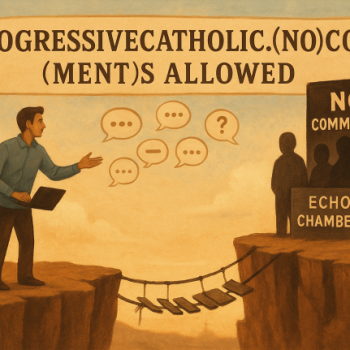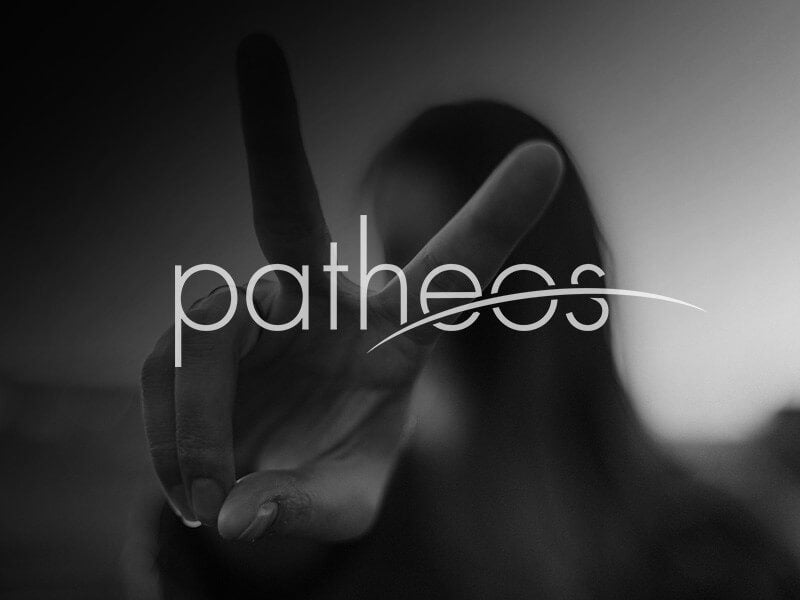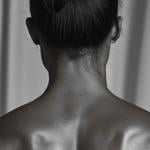Chicago Sun Times September 15, 2006 Friday, Final Edition
Copyright 2006 Chicago Sun-Times, Inc. All Rights Reserved Section: NEWS; Pg. 38; Religion
Length: 985 words
Byline: Cathleen Falsani, The Chicago Sun-Times
On the concrete wall of a Kennedy Expy. underpass, a few feet away from a water stain that some people believe is a miraculous image of the Virgin Mary, someone has stenciled a rendering of Jesus’ face along with the words: “Believe in yourself.”
The unspoken second half of that sentence would seem to be “. . . instead of that water stain over there.”
We are so quick to judge the beliefs of others, to dismiss them as silly or bizarre, irrational or nonsensical. We think we know what’s true, what’s real and what’s not.
But if you think about it honestly, what we believe about ourselves is usually thoroughly silly, bizarre, irrational, nonsensical, false and unreal.
Whether it’s how we look, how lovable or valuable we are, how good or bad we are, how much we matter, or who we really are, we view ourselves through a glass darkly, seeing only a distorted image of the truth.
So how can what we believe about ourselves be any more real or right than believing the Mother of God appeared in the concrete of a leaky highway underpass?
Not long after the so-called “Our Lady of the Underpass” was discovered in the spring of 2005 and crowds of believers began to flock to the impromptu shrine at the foot of the Fullerton Avenue exit ramp, someone graffitied “Big Lie” over the image.
At the time, the Rev. James Presta, rector of Chicago’s St. Joseph Seminary, said something that’s stayed with me. “Well, [big lie] to whom?” Presta said. “What makes you think you know more [of] the truth than someone else?”
I couldn’t help thinking about what he said as I watched the truly marvelous film “Little Miss Sunshine” one rainy afternoon earlier this week. (If you haven’t seen this quirky cinematic gem, go tonight. Take someone you love, like your mother or most difficult sibling. Trust me on this one.)
Without giving too much of “Sunshine” away, the story follows the Hoover family — angst-ridden mom, maniacal dad, crazy heroin-sniffing grandfather, suicidal gay uncle, morose teenage son and adorable 7-year-old daughter, Olive — as they drive from New Mexico to Southern California so Olive can compete in the Little Miss Sunshine beauty pageant.
The movie is about a lot of things — family, success, failure, love, doubt and faith, among them. I also think it says a lot of interesting things about the nature of belief and believing.
As the functionally dysfunctional Hoover family makes its way through the desert in its beleaguered yellow Volkswagen bus, we learn what each of them believes about themselves and others. And the Hoovers learn that what they think they are might not really be what they are. Or maybe it is, despite evidence to the contrary.
Olive, a slightly chubby, bespectacled, refreshingly naive little girl (played by the magical Abigail Breslin), believes she is a beauty queen.
Her uncle Frank (played by the equally magical Steve Carell) believes he is the preeminent Proust scholar in the United States.
Her teenage brother, Dwayne (Paul Dano), with his silence, ubiquitous Nietzsche paperbacks and “Jesus Was Wrong” T-shirt, believes he is destined to become an Air Force jet pilot.
Her father, Richard (Greg Kinnear), believes there are two kinds of people — winners and losers — and that he’s a winner.
Her grandfather (Alan Arkin) believes he can do and say whatever he wants without consequences. And her mother, Sheryl (Toni Collette), believes in believing — in family, in love, in hope.
Before the family hits the road, Richard, who tells Olive there is no point in entering the pageant if she’s not going to win, asks his daughter, “Do you really believe you can win this contest?”
Olive thinks for a few moments and then says, with total confidence, “YES!”
So off the Hoovers go on their odyssey through the desert — literally and figuratively — compelled by the power of Olive’s simple faith.
Faith is, after all — according to Christian Scripture, anyway — the “substance of things hoped for” and “the evidence of things not seen.”
Like the Virgin Mary in water-stained concrete, or on a tree trunk, or on the bottom of a turtle’s shell.
I don’t see Our Lady on the underpass. But that doesn’t make her any less real for those who do.
Despite my best efforts, earlier this week I couldn’t figure out which of two burned-out tree stumps or the adjacent tree in West Rogers Park is marked with an image of the Virgin Mary that some of us affectionately dubbed “tree-bark Mary” a few years ago.
But someone clearly has seen it and believes. A wooden box with a thick, clear plastic door held a half-dozen burning votive candles, and someone had left fresh flowers at the ramshackle shrine near the corner of Rogers and Honore a few days before my visit.
I did see what appear to be tear stains on the Byzantine icon of Mary and Baby Jesus when I stopped by St. George Antiochian Orthodox Church in Cicero, but I have no idea how they got there. More than 2 million people have visited the “Miraculous Weeping Icon of Our Lady of Cicero” since, according to believers, it first began shedding tears in 1994.
Maybe it’s a miracle. Maybe it’s man-made. Orthodox church authorities say it’s miraculous, but who knows? For those who believe, does it really matter?
There is no such thing as fake faith. It’s always real.
I couldn’t get close enough to the icon of Mary at St. Nicholas Albanian Orthodox Church in Chicago to see her tear stains. They had just polished the sanctuary floors, so the area where the icon hangs was roped off.
But the young woman who quietly entered the church on North Narragansett just before me and prostrated herself in the carpeted aisle, about 10 feet from the icon that folks say began weeping nearly 20 years ago, didn’t even look at it before dropping to her knees in prayer.
Apparently she didn’t need to see it to believe. e-mail: [email protected]















